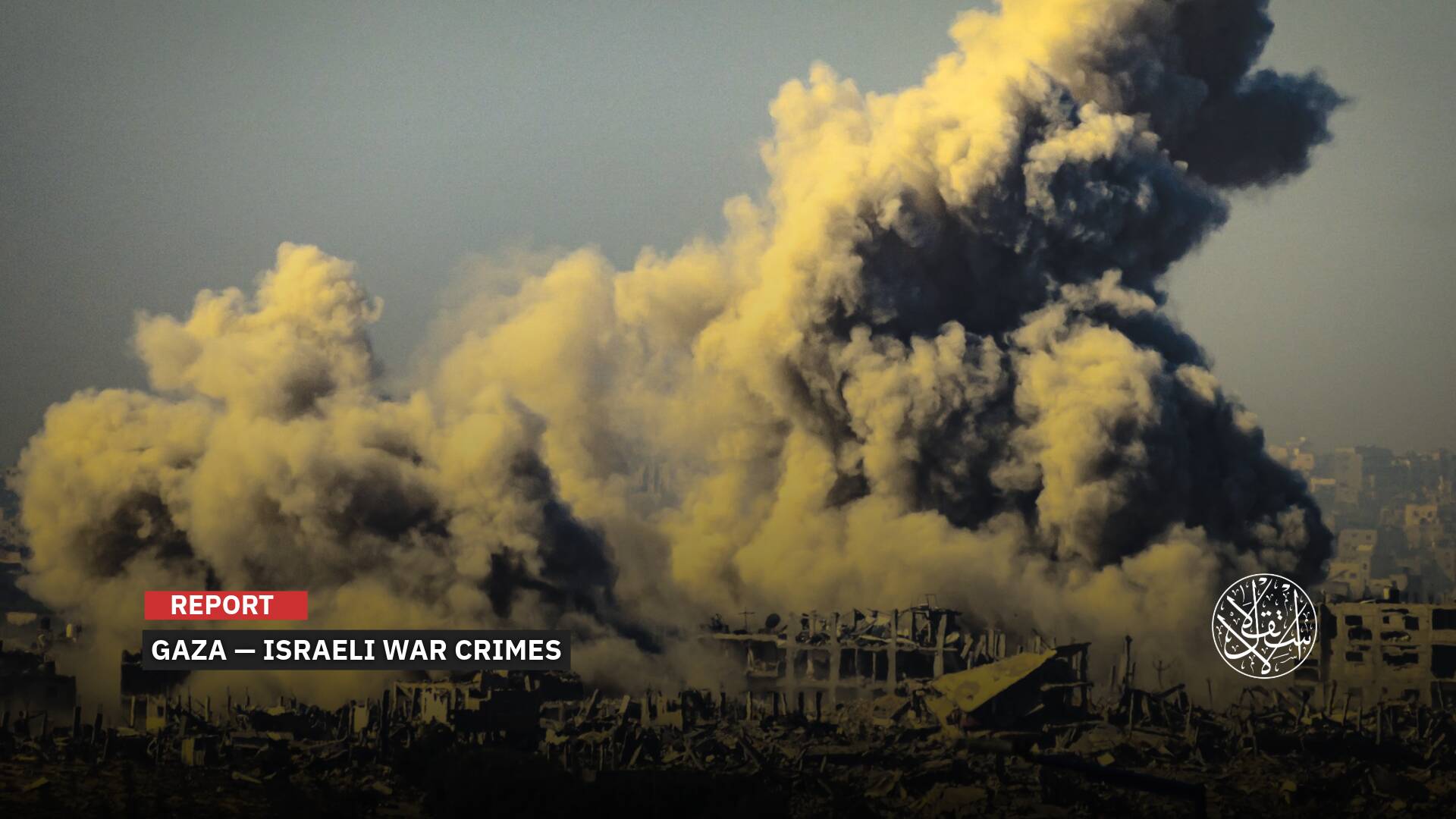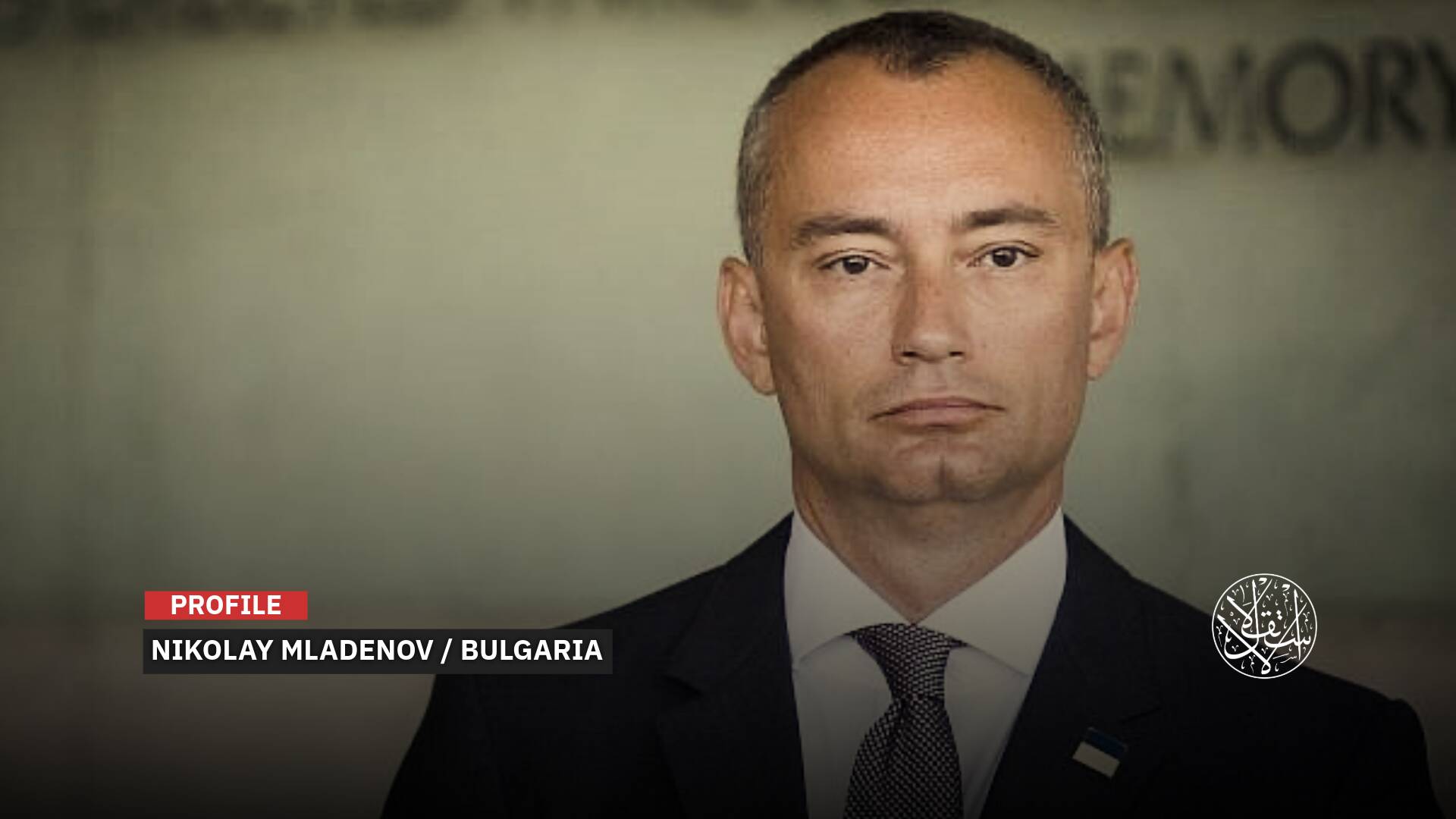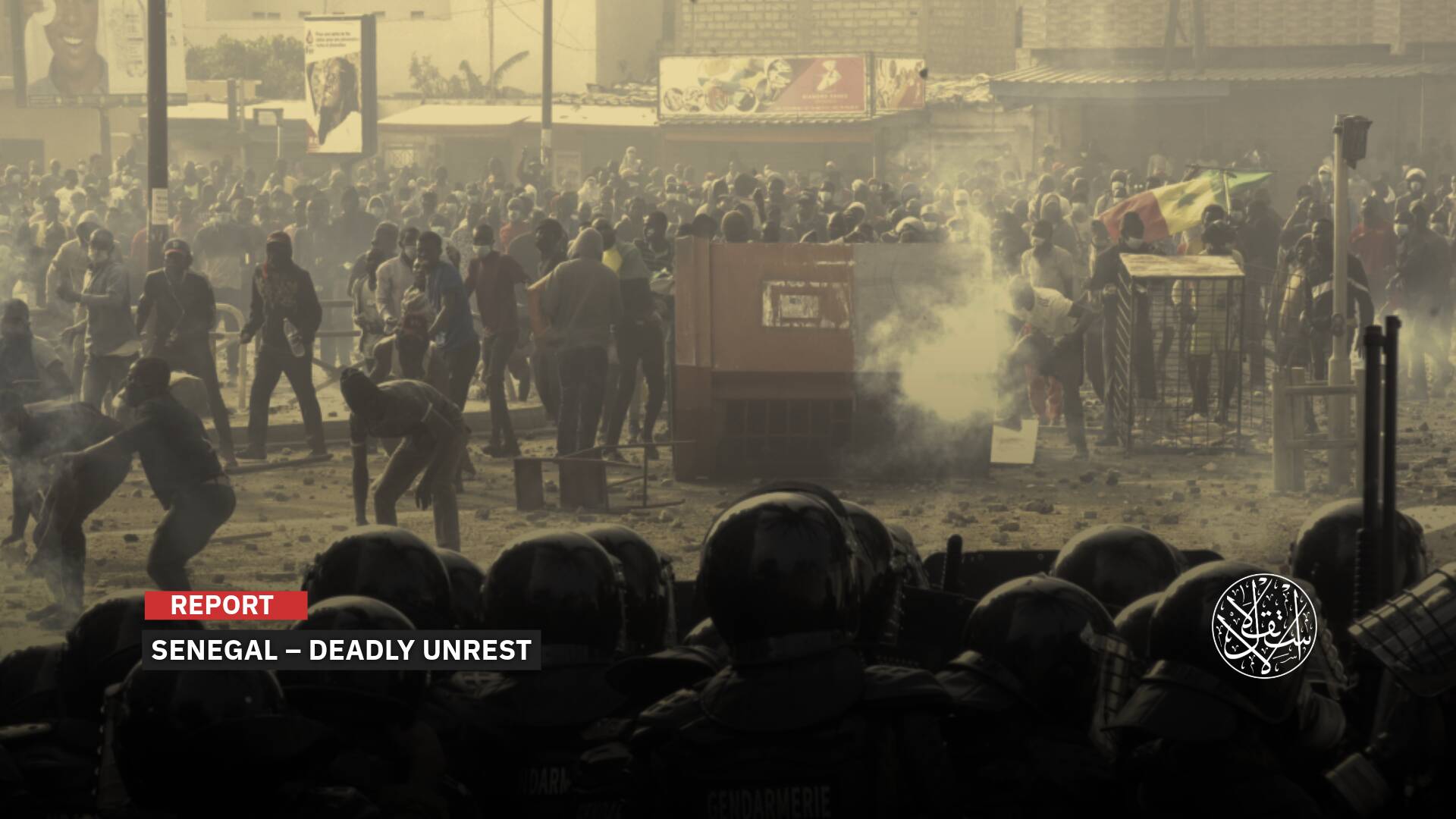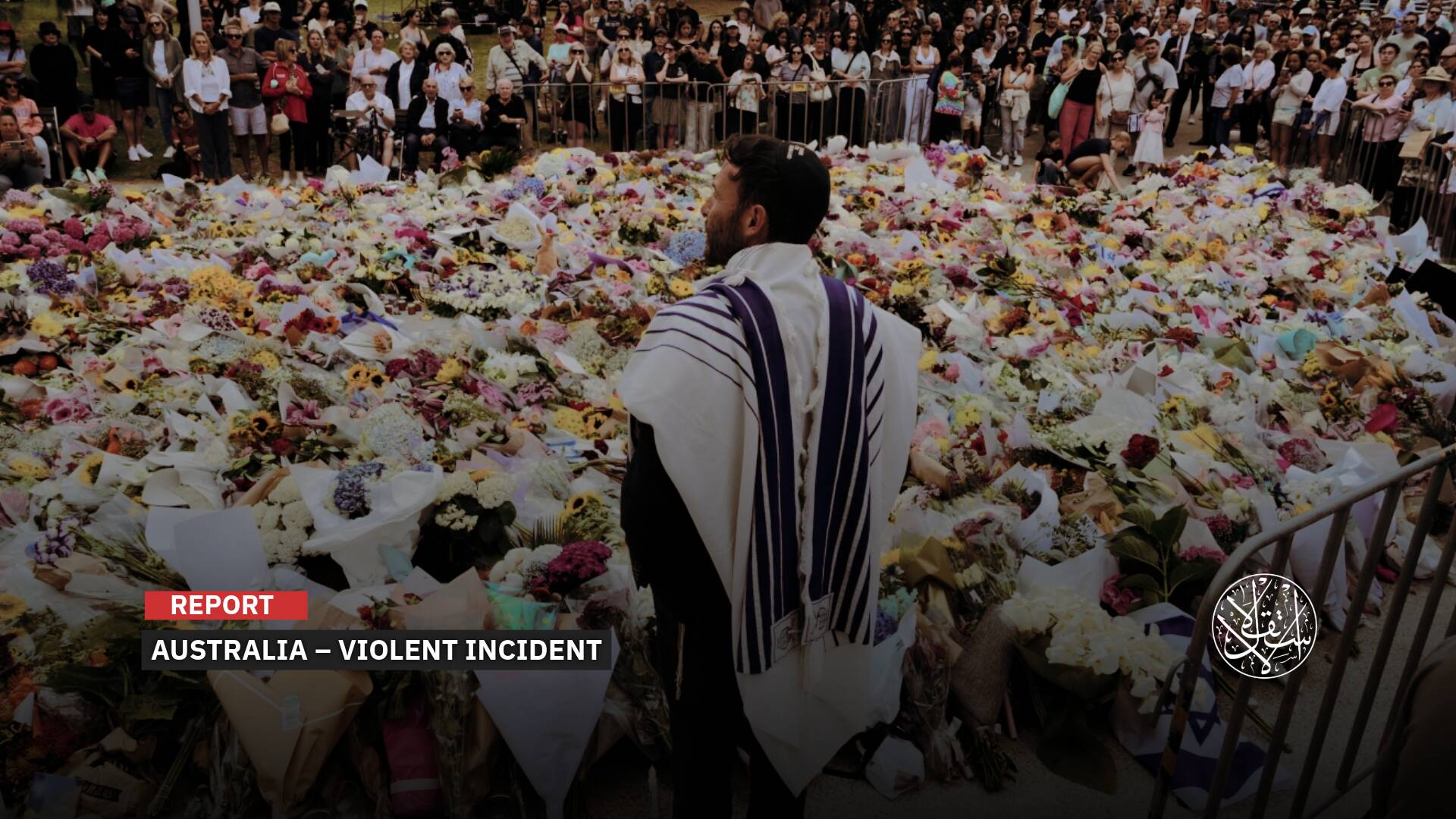How Gaza City’s Resilience Is Blocking Israeli Occupation Scheme to Bring Settlers In
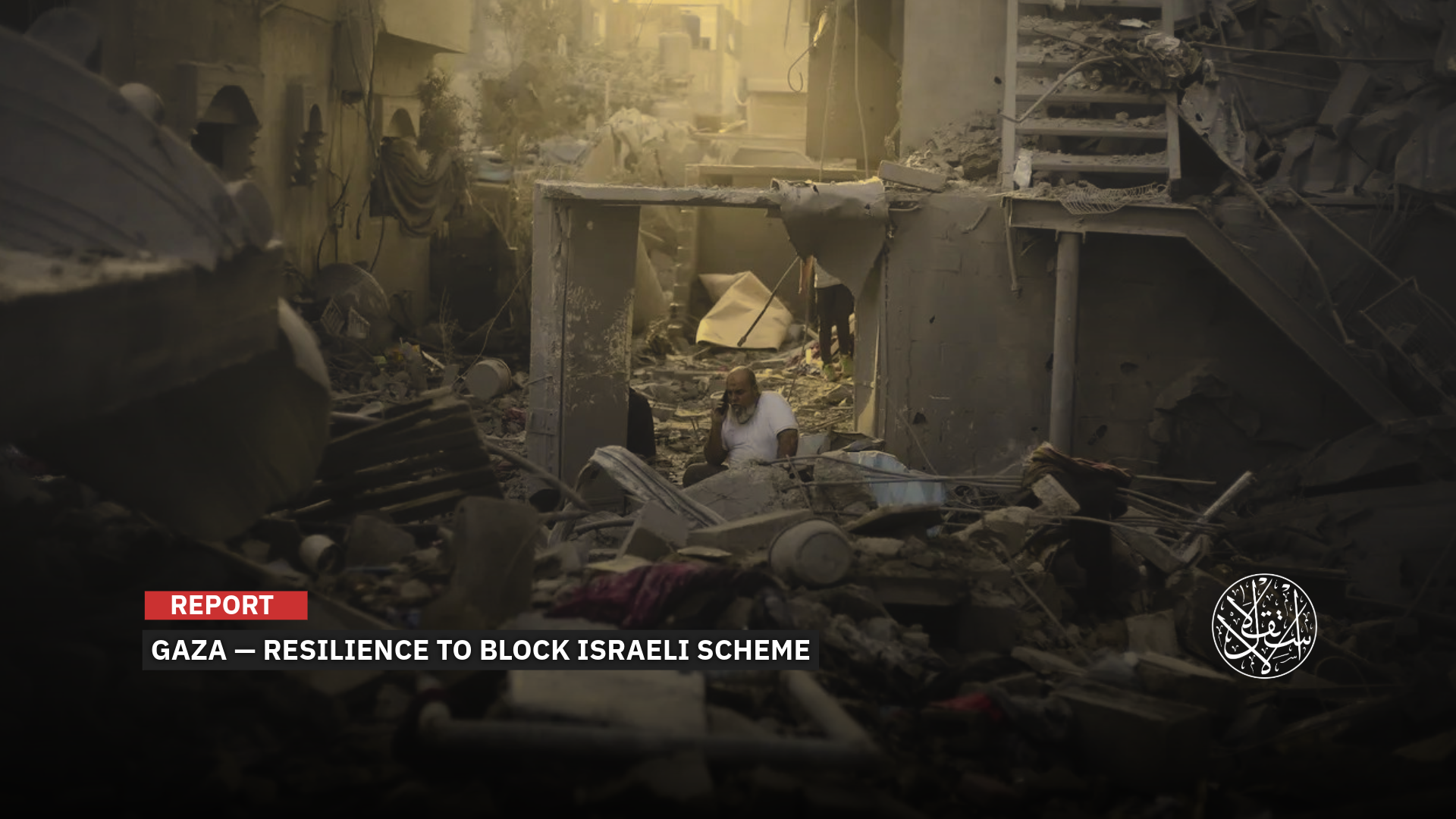
More than 800,000 Palestinians remain in Gaza City despite the ongoing Israeli genocide.
The Israeli Occupation’s aggression against Gaza City began with the storming and destruction of its eastern neighborhoods, including Shuja’iyya, Zeitoun, and Tuffah, after already flattening large parts of the north, such as Jabalia, Beit Hanoun, and Beit Lahia.
The offensive soon pushed into al-Saftawi, Sheikh Radwan, and al-Shati Camp. After forcing tens of thousands into Gaza City’s western districts, the Israeli Occupation military intensified its bombardment, deploying explosive robots to demolish residential blocks—sometimes with families still inside—while aircraft dropped bomb-laden crates on homes and opened fire on makeshift tent shelters.
In recent weeks, the aggression has entered what Israeli Occupation officials call a “war on towers,” with hundreds of apartment high-rises brought down in line with War Minister Israel Katz’s vow to level Gaza and turn it into “another Rafah,” a genocide aimed at forcing Palestinians south.
Yet despite the devastation, more than 800,000 Palestinians remain in Gaza City, according to Israeli estimates reported by Maariv.
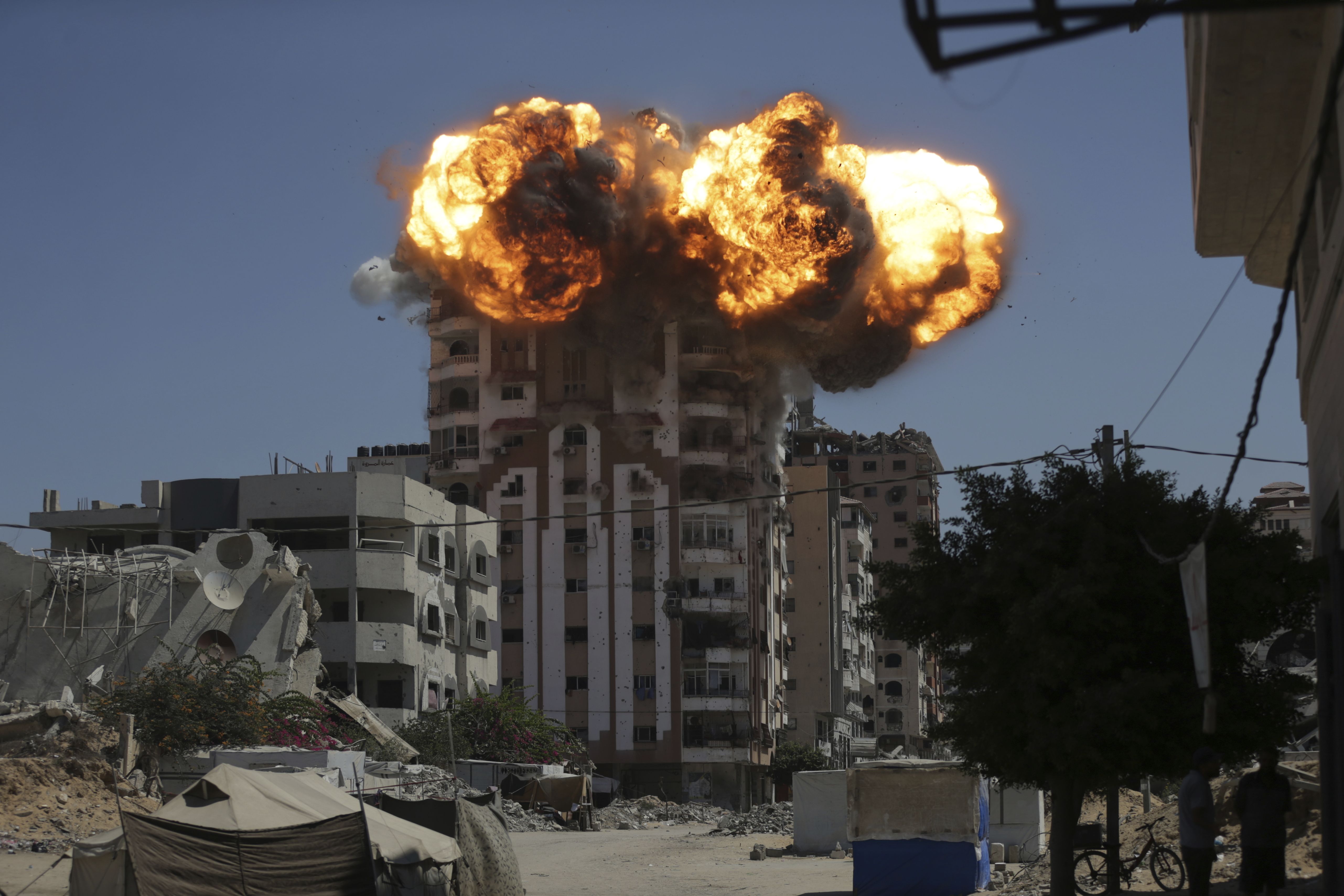
Will Forced Displacement Succeed?
Palestinian resident Omar Hamouda says Gaza City still holds the overwhelming majority of its people, estimating that only 10 to 15 percent have fled. The rest, he insists, are determined to stay despite the unbearable conditions.
Speaking to Al-Estiklal, Hamouda explained that residents understand moving south means never returning to Gaza, and that abandoning the City would pave the way for its total destruction, just as happened in northern Gaza and Rafah.
He stressed that any land occupied by the Israeli Occupation will not be given back and could be annexed, which is why the people have made a joint decision to remain no matter the cost.
All parts of Gaza City are still populated, he added, even neighborhoods that witnessed intense military assaults such as western Zeitoun, Tuffah, Sheikh Radwan, al-Shati Camp, and Tel al-Hawa. Despite relentless airstrikes and explosive robots tearing through homes, residents refuse to leave, an act of defiance that underscores their attachment to their city.
Hamouda noted that families are even organizing grassroots aid initiatives, preparing meals and distributing food to support neighbors and encourage them to hold their ground.
He described “Israel’s” bombardment campaign as “madness,” arguing that its sheer scale only highlights its futility, since most residents continue to reject displacement. After demolishing residential towers two weeks ago failed to trigger mass flight, “Israel” shifted to bombing displacement camps and, more recently, schools sheltering thousands of families. But even this backfired: many displaced people return after strikes, trying to reclaim space inside the schools so they can remain in the city.
Hamouda is convinced “Israel” cannot fully empty Gaza City or even significantly reduce its population density, saying the people’s decision to endure is irreversible. This resolve, he explained, stems from the bitter experiences of past displacement and the suffering it left behind. In his view, Israeli Occupation’s efforts amount to desperate measures that will ultimately fail.
On Gaza’s walls, graffiti carries the same message: “We will not leave,” “We remain steadfast,” “From the north to paradise,” “We will not be displaced,” and “This is our land.”
Palestinians are betting that this deep-rooted popular awareness will once again thwart Israeli agendas, just as Gaza’s resilience has derailed the occupation plots of previous Israeli generals.
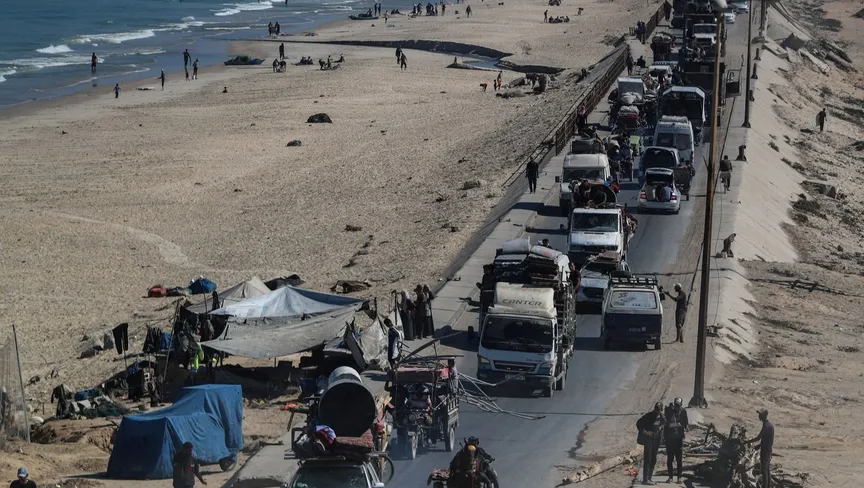
The Israeli Scheme
This latest plot comes after a series of failed attempts, including the generals’ strategy to empty the entire northern Gaza Strip in October 2024, which collapsed due to the steadfastness of Gazans and their refusal to flee.
Israeli Finance Minister Bezalel Smotrich is widely regarded as the architect of the current plot to occupy and destroy Gaza, making its implementation a condition for maintaining Prime Minister Netanyahu’s government.
According to Smotrich, the scheme involves taking control of Gaza City and the northern governorate, preparing the areas for settlement, and launching a forced displacement program for Palestinians.
Smotrich announced that the occupation would implement what he called the “humanitarian separation plan,” proposed by War Minister Israel Katz. The plan envisions relocating roughly 600,000 Palestinians to a city to be built on the ruins of Rafah in southern Gaza, marking the first stage of the forced displacement.
On September 15, 2025, Israeli Security Minister Itamar Ben-Gvir stated during a police ceremony that he plans to build a luxury neighborhood for Israeli police along the Gaza coastline, positioning it as the ideal site following the occupation of Gaza City and the displacement of its residents.
Dr. Saleh Ibrahim, an expert on Israeli affairs, said the core of the Gaza occupation relies on total destruction, aiming to empty the city by any means necessary.
“The Israeli Occupation authorities claim that large parts of northern Gaza have already been emptied and the ultimate goal is for both Gaza City and the northern governorate to be completely devoid of Palestinians,” he told Al-Estiklal.
“The Israeli military plans to destroy all infrastructure and homes once Gaza City is emptied, leveling the area to mirror the destruction seen in Rafah. The territory stretching from Beit Lahia in the north to Tel al-Hawa in the south, including both Gaza and the northern governorates, is intended to fall entirely under Israeli control.”
“The next phase involves incorporating militias such as Abu Shabab and potentially others into operations within these areas. These collaborating militias already operate in parts of the northern Strip, with future tasks potentially including locating resistance tunnels and implementing a screening system for returning residents, aimed at reshaping Gaza City and the northern governorate if the displacement plan fails,” Ibrahim added.
The expert warned that even if the occupation succeeds in emptying Gaza City and the northern governorate and relocating residents to the south and west, this most difficult and costly stage will only have a very slim chance of success.
Completion of this stage would mark the largest step in the displacement plan, followed immediately by orders to evacuate the central refugee camps to the southern “Marwaj area” and the so-called humanitarian city under construction.
Ibrahim noted that the central camps, being small and close to both the border and the sea, present less resistance than Gaza City, making the evacuation potentially quicker. Yet, Palestinians will still face a stark choice between leaving or remaining, a pivotal moment for the Strip’s future.
Reaching this stage would bring Prime Minister Netanyahu closer than ever to achieving the displacement goal.
The expert emphasized that from an Israeli security and military perspective, the scheme has extremely low chances of success because fully emptying Gaza City is unrealistic.
“Using force to clear the city is unlikely to succeed, particularly given Hamas’s strong presence and the local resistance, which could trigger intense urban combat,” he said.
The presence of captives in Gaza adds another layer of pressure on the Israeli Occupation military during the aggression.
Ibrahim also said that Chief of Staff Eyal Zamir has launched extensive efforts to convince the Israeli Occupation government and families of the plan’s severity.
He warned that the “operation” will take a long time to execute and will effectively be a death sentence for captives in Gaza City. Ibrahim stressed that the optimal solution would be a negotiated agreement to return captives and end the war, though this conflicts with the plots of Ben-Gvir, Smotrich, and Netanyahu’s government, which are tied to prolonging the war.
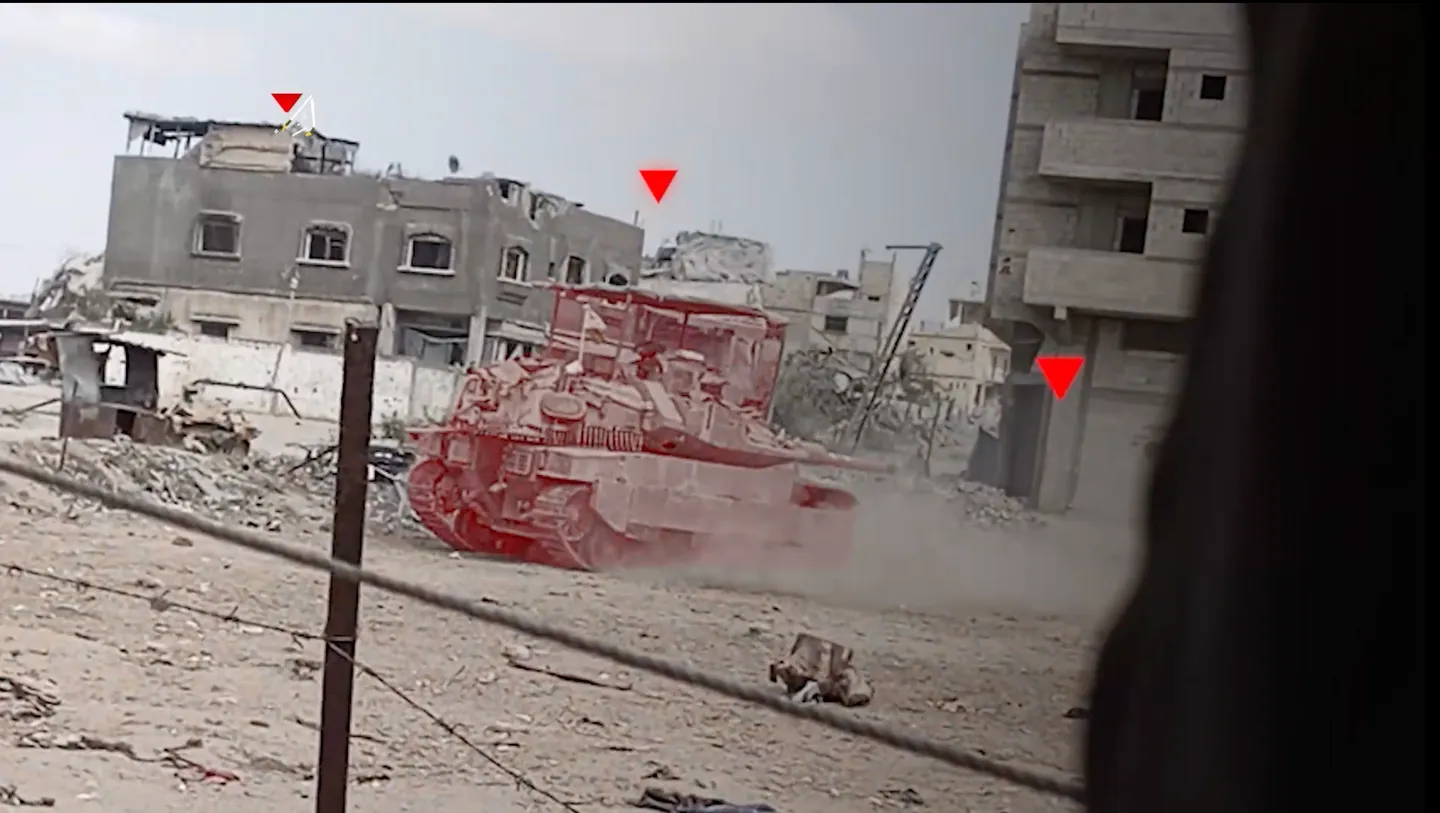
Admitting Failure
As “Israel” pushes ahead with its aggression on Gaza City, tensions are rising within its own leadership over whether occupying the city is even feasible. The debate has sharpened between the military and political echelons, centering on the army’s ability to achieve its “stated objectives,” the risks to Israeli captives, the looming humanitarian fallout, and the damage to “Israel’s” global standing and internal stability.
In closed meetings of the security cabinet, Chief of Staff Lt. Gen. Eyal Zamir openly sought to reset expectations. “We are obligated to the goals of the war as determined by the cabinet, but Hamas’ military and government will not be defeated after the operation to capture Gaza City,” Channel 12 quoted the chief of staff as saying, without citing sources.
His remarks were widely interpreted as a candid admission of the limits of “Israel’s campaign” and a signal that the war’s objectives may be unattainable.
According to Channel Kan, security consultations with Prime Minister Netanyahu took on the tone of a warning session from military and intelligence leaders, including the Shin Bet. They cautioned that any further advance into Gaza could place the captives’ lives in immediate jeopardy, with no assurances of their safety amid intensified bombardment and ground offensive. Officials warned that Hamas may deliberately move captives deeper into the city to complicate “military maneuvers,” adding to the uncertainty and risk.
Zamir underscored to politicians that this was not a matter of weeks but of many long months, with no guarantees of success even after prolonged fighting.
Inside the Knesset, dissent is also surfacing. Likud MK Amit Halevi voiced frustration over the lack of progress, pointing out that hospitals remained open weeks after evacuation plans were announced and that parts of Gaza, along with international organizations, remain active inside the Strip, proof, he argued, of poor management and a fundamental misunderstanding of Gazan society.
Haaretz reported that Regional Cooperation Minister David Amsalem warned in cabinet discussions that Gaza could become “Israel’s Vietnam,” a long and bloody war of attrition. The paper also noted growing unease within the general staff over the slow pace of displacement, estimating that fewer than 10 percent of nearly one million people in Gaza and its surroundings had left as of September 10, 2025.
Intelligence officials, meanwhile, believe there is no way to ensure captives’ safety under the current tempo of airstrikes and raids, citing the Rafah incident a year earlier as a stark reminder of the dangers such strategies pose to hostages.
Yedioth Ahronoth highlighted what it called “uncertainty” voiced by Zamir in discussions with lawmakers, including a lack of clarity on whether the government plans to impose direct military rule in Gaza after the assault.
Adding to the domestic turmoil, hundreds of reservists announced at a press conference that they would refuse to report for duty, protesting an aggression they believe endangers captives’ lives. Their defiance underscores a deepening split within Israeli Occupation society over the legitimacy and practicality of Netanyahu’s strategy.



